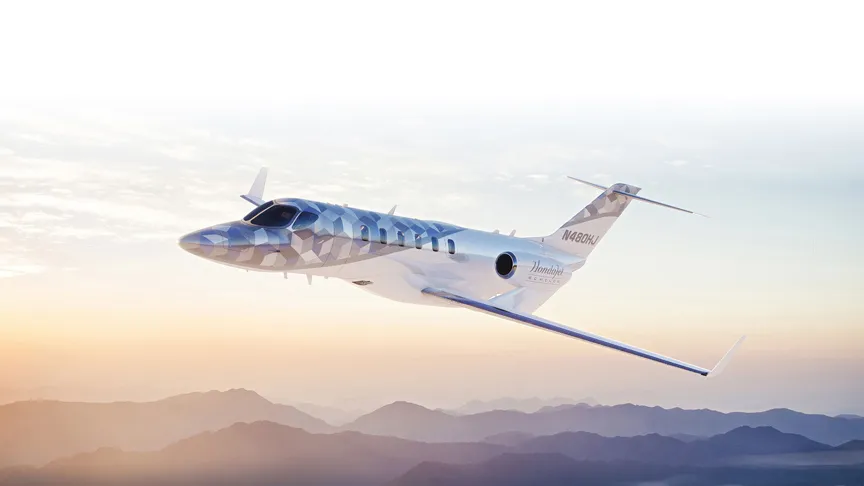The Honda Echelon is the latest addition to the Honda Aircraft Company’s lineup, following the 2600 Concept unveiled in 2021. It is designed to offer an unparalleled experience in the light jet category, while providing the comfort and features of a mid-size jet. This aircraft is capable of nonstop transcontinental flights across the United States, a feat that sets a new benchmark for what a light jet can achieve. The aircraft is expected to hit the skies by 2026, with type certification planned for 2028. The Honda Echelon represents a significant leap in light jet technology, combining luxury, efficiency, and performance into a sleek, innovative aircraft.
eVTOL News | Electric Aircraft News | Advanced Air Mobility News
News
The National Renewable Energy Laboratory, on behalf of the Federal Aviation Administration, has released a comprehensive study—a pivotal resource for stakeholders in the eVTOL domain. The detailed research addresses the need for planning, designing, and establishing infrastructure for electric vertical takeoff and landing (eVTOL) aircraft—particularly the requirements for electrical charging at vertiports and vertistops due to the emergence of electric aircraft.
When a client decides to make a private jet trip, they will be in contact with three different groups of people; the broker or salesperson selling him the flight, the flight crew flying the airplane and the FBO personnel greeting and handling the passengers before and after the flight itself. Therefore, it is undeniable that an FBO (fixed-base operator) is one of the most important aspects of private jet travel. The experience at the FBO will make for a significant part of the experience the passenger has. It can make or break the trip.
For this reason, FBOs are under enormous pressure from the other two groups to deliver and keep the passenger happy. In the busiest airports, FBOs are also competing against each other, obliged to keep up to the highest of standards, as clients change their FBO preference easily. So, what makes an FBO great? What qualities distinguish one FBO from the other? Five key areas can be identified:


